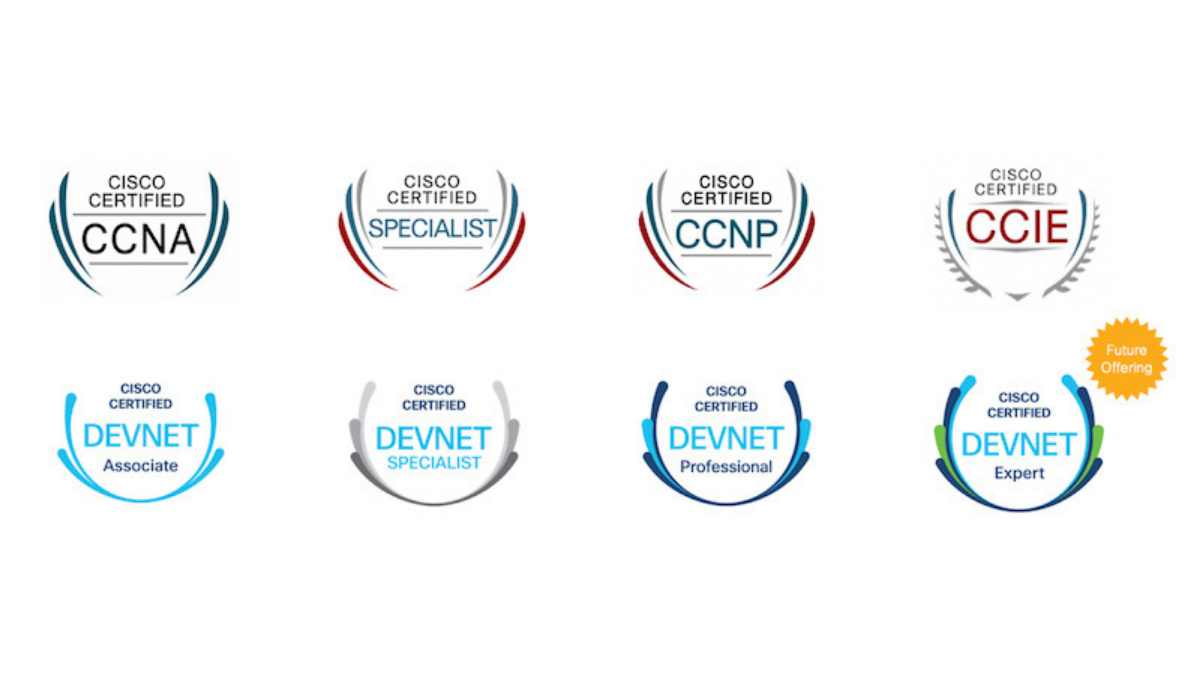Description
Multiprotocol Label Switching integrates the performance and traffic-management capabilities of data link Layer 2 with the scalability and flexibility of network Layer 3 routing. So, when used in conjunction with other standard technologies, MPLS gives the ability to support value-added features and service offerings.
Implementing Cisco MPLS (MPLS) v3.0 is a 5-day instructor-led class providing students with in-depth knowledge of MPLS and MPLS VPNs design, implementation and configuration skills for new features and functions in an existing routed environment. This class uses IoS (15.2)
What’s included?
- Authorized Courseware
- Intensive Hands on Skills Development with an Experienced Subject Matter Expert
- Hands on practice on real Servers and extended lab support 1.800.482.3172
- Examination Vouchers & Onsite Certification Testing- (excluding Adobe and PMP Boot Camps)
- Academy Code of Honor: Test Pass Guarantee
- Optional: Package for Hotel Accommodations, Lunch and Transportation
Training Solutions
With several convenient training delivery methods offered, The Academy makes getting the training you need easy. Whether you prefer to learn in a classroom or an online live learning virtual environment, training videos hosted online, and private group classes hosted at your site. We offer expert instruction to individuals, government agencies, non-profits, and corporations. Our live classes, on-sites, and online training videos all feature certified instructors who teach a detailed curriculum and share their expertise and insights with trainees. No matter how you prefer to receive the training, you can count on The Academy for an engaging and effective learning experience.
Methods
- Instructor-Led (the best training format we offer)
- Live Online Classroom – Online Instructor-Led
- Self-Paced Video
Speak to an Admissions Representative for complete details
| Start | Finish | Public Price | Public Enroll | Private Price | Private Enroll |
|---|---|---|---|---|---|
| 5/12/2025 | 5/16/2025 | ||||
| 6/2/2025 | 6/6/2025 | ||||
| 6/23/2025 | 6/27/2025 | ||||
| 7/14/2025 | 7/18/2025 | ||||
| 8/4/2025 | 8/8/2025 | ||||
| 8/25/2025 | 8/29/2025 | ||||
| 9/15/2025 | 9/19/2025 | ||||
| 10/6/2025 | 10/10/2025 | ||||
| 10/27/2025 | 10/31/2025 | ||||
| 11/17/2025 | 11/21/2025 | ||||
| 12/8/2025 | 12/12/2025 | ||||
| 12/29/2025 | 1/2/2026 |
Curriculum
Module 1: MPLS Concepts
- Lesson 1: Introducing Basic MPLS Concepts
- Lesson 2: Introducing MPLS Labels and Label Stack
- Lesson 3: Identifying MPLS Applications
- Lesson 4: Module Summary
- Lesson 5: Module Self-Check
Module 2: Label Assignment and Distribution
- Lesson 1: Discovering LDP NeighborsLabel-Distributing Protocols
- Lesson 2: Introducing Typical Label Distribution in Frame-Mode MPLS
- Lesson 3: Introducing Convergence in Frame-Mode MPLS
- Lesson 4: Module Summary
- Lesson 5: Module Self-Check
Module 3: Frame-Mode MPLS Implementation on Cisco IOS Platforms
- Lesson 1: Introducing CEF Switching
- Lesson 2: Configuring Frame-Mode MPLS on Cisco IOS Platforms
- Lesson 3: Monitoring Frame-Mode MPLS on Cisco IOS Platforms
- Lesson 4: Troubleshooting Frame-Mode MPLS on Cisco IOS Platforms
- Lesson 5: Module Summary
- Lesson 6: Module Self-Check
Module 4: MPLS Virtual Private Network Technology
- Lesson 1: Introducing Virtual Private Networks
- Lesson 2: Introducing MPLS VPN Architecture
- Lesson 3: Introducing the MPLS VPN Routing Model
- Lesson 4: Forwarding MPLS VPN Packets
- Lesson 5: Module Summary
- Lesson 6: Module Self-Check
Module 5: MPLS VPN Implementation
- Lesson 1: Using MPLS VPN Mechanisms of Cisco IOS Platforms
- Lesson 2: Configuring an MP-BGP Session Between PE Routers
- Lesson 3: Configuring VRF Tables
- Lesson 4: Configuring Small-Scale Routing Protocols Between PE and CE Routers
- Lesson 5: Monitoring MPLS VPN Operations
- Lesson 6: Configuring OSPF as the Routing Protocol Between PE and CE Routers
- Lesson 7: Configuring BGP as the Routing Protocol Between PE and CE Routers
- Lesson 8: Troubleshooting MPLS VPNs
- Lesson 9: Module Summary
- Lesson 10: Module Self-Check
Module 6: Complex MPLS VPNs
- Lesson 1: Introducing Overlapping VPNs
- Lesson 2: Introducing Central Services VPNs
- Lesson 3: Introducing the Managed CE Routers Service
- Lesson 4: Module Summary
- Lesson 5: Module Self-Check
Module 7: Internet Access and MPLS VPNs
- Lesson 1: Combining Internet Access with MPLS VPNs
- Lesson 2: Implementing Internet Access in the MPLS VPN Environment
- Lesson 3: Module Summary
- Lesson 4: Module Self-Check
Module 8: MPLS Traffic Engineering Overview
- Lesson 1: Introducing MPLS Traffic Engineering Components
- Lesson 2: MPLS Traffic Engineering Operations
- Lesson 3: Configuring MPLS Traffic Engineering on Cisco IOS Platforms
- Lesson 4: Monitoring Basic MPLS TE on Cisco IOS Platforms
- Lesson 5: Module Summary
- Lesson 6: Module Self-Check
LABS:
- Discovery 1: Verifying CEF Switching
- Discovery 2: Enabling MPLS
- Discovery 3: Change IP TTL Propagation
- Discovery 4: Configure MP-IBGP
- Discovery 5: Configure the VRF Instances
- Discovery 6: Configure RIP as a PE-CE Routing Protocol
- Discovery 7: Configure EIGRP as a PE-CE Routing Protocol
- Discovery 8: Configure OSPF as a PE-CE Routing Protocol
- Discovery 9: Configure BGP as a PE-CE Routing Protocol
- Discovery 10: Configure a Central Services VPN
- Discovery 11: Configure MPLS Traffic Engineering
- ​Challenge 1: Implement the Service Provider’s and Customer’s IP Addressing and IGP Routing
- Challenge 2: Implement the Core MPLS Environment in the Service Provider Network
- Challenge 3: Implement EIGRP Based VPNs
- Challenge 4: Implement OSPF Based MPLS VPNs
- Challenge 5: Implement BGP Based MPLS VPNs
- Challenge 6: Implement MPLS Traffic Engineering


